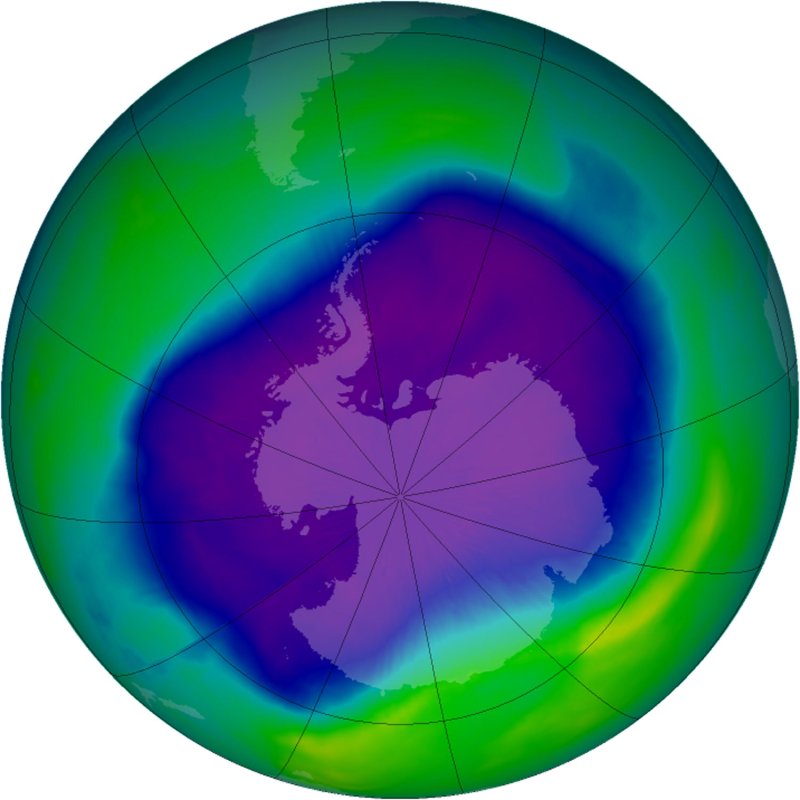WASHINGTON, March 19 (UPI) -- U.S. and Dutch scientists credit the 193-nation agreement to ban ozone-depleting substances for avoiding nearly catastrophic environmental hazards.
The National Aeronautics and Space Administration, Johns Hopkins University and the Netherlands Environmental Assessment Agency scientists said if the ozone-banning treaty known as the Montreal Protocol that went into effect in 1989 hadn't existed, nearly two-thirds of Earth's ozone would have disappeared by 2065. That would have caused ultraviolet radiation strong enough in mid-latitude cities such as Washington to produce sunburn in just 5 minutes and with DNA mutating UV radiation increasing more than 650 percent, with likely resulting effects on plants, animals and human cancer rates.















